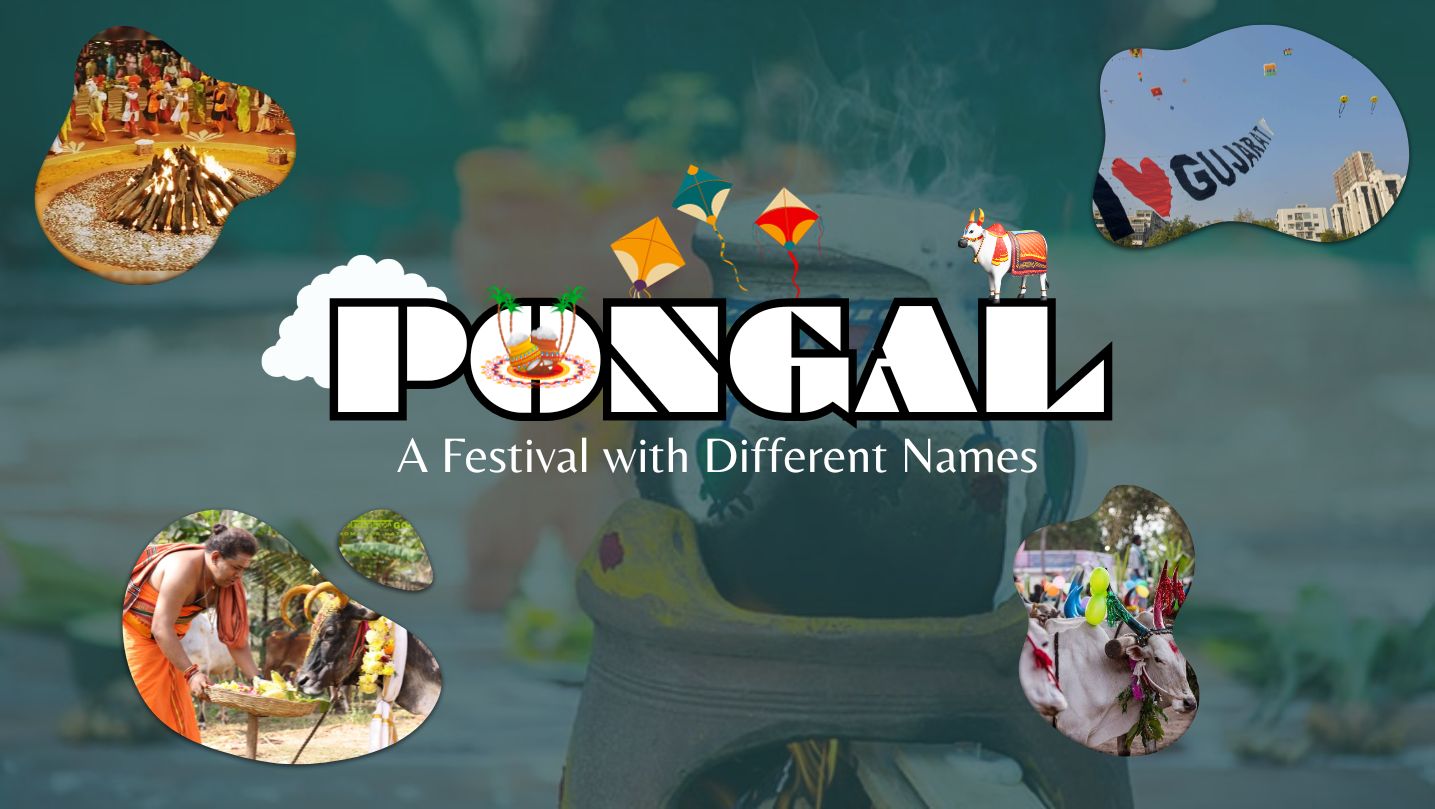
Festivals and celebrations always spread joy and happiness by bringing families together. There are numerous festivals celebrated in India. Each has its unique customs. Each festival has its stories, traditional dances, food and art. Our ancestors have thoughtfully planned and designed every aspect of our festivals so that Indian festivals not only brought families together but also helped enhance the spiritual development of an individual by bringing reverence to nature and all its creations.
India is primarily an agrarian society. Hence, people are naturally joyous during harvesting, sowing seeds and the arrival of the monsoon. Pongal is the harvest festival of the country. It is a festival to thank Mother Nature, especially the Sun ( Surya Bhagavan). It also celebrates the animals which contributed to the bountiful harvest.
Pongal / Makara Sankranthi falls on the first day of the Sun’s transit into Capricorn ( Zodiac Sign), known as Makaram/ Makara. This transit of the Sun ends the Winter Solstice. The Sun starts the journey north for the next six months. This period is called the Uttarayan. It is the beginning of warm summer days ( when days get longer). Pongal follows the Solar cycle. As a result, it falls almost on the same date every year (January 14th) in the Gregorian calendar. Occasionally, the dates get shifted a day or two. Most of the other festivals follow the lunar cycle.
Pongal is one of the most important festivals in the country. Pongal is a Tamil word which means “ To overflow/boil over”. Due to cultural and linguistic differences across the country, this festival has various names. But, despite this difference in name, the festival is celebrated with the same spirit and emotion across the country.
One festival - Different names
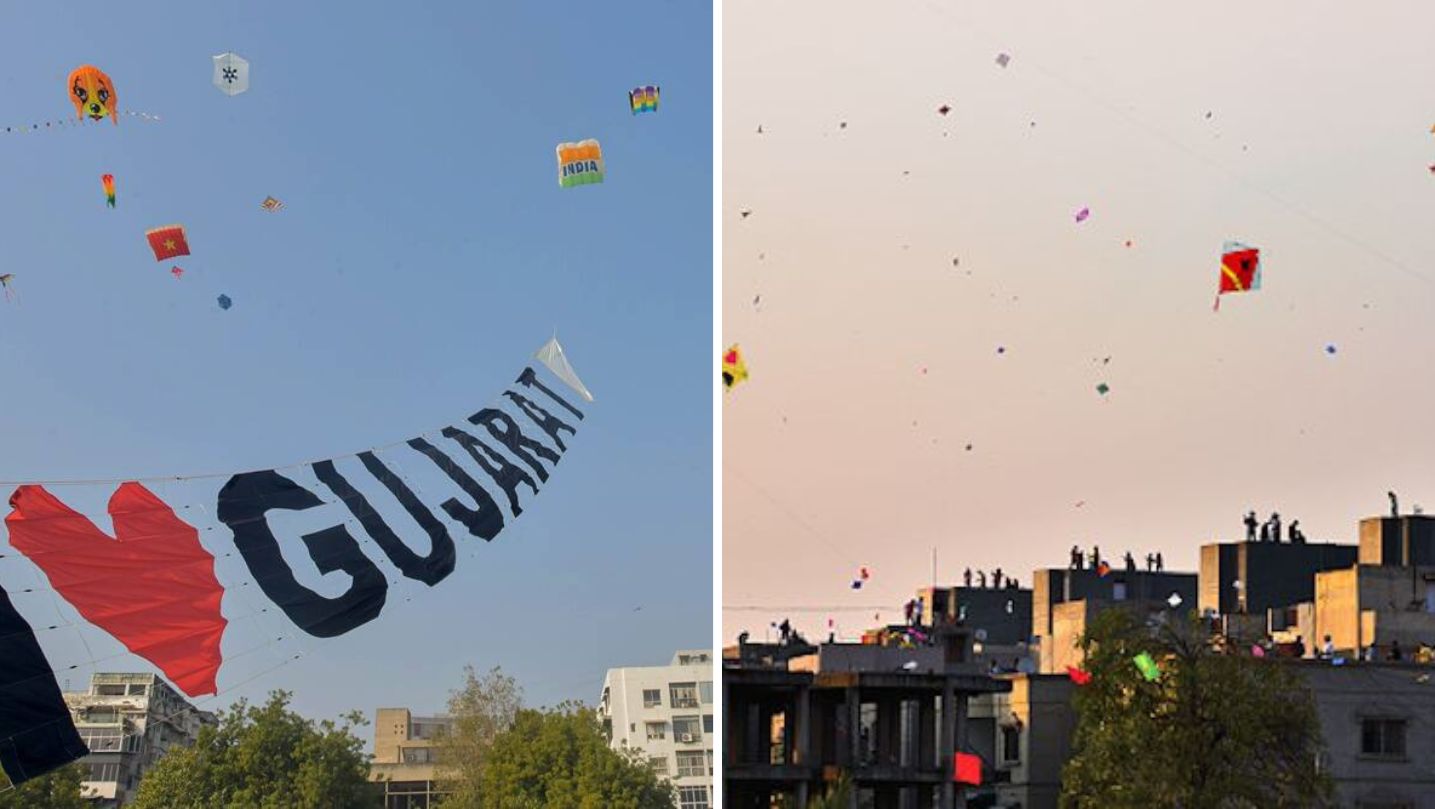 In Gujarat, it is Uttarayan. The most famous activity is the flying of kites. Both young and old participate in kite flying, wherein people try to cut each other’s kites. The international kite flying competition happens during this time. People visit temples and take a holy dip in the lakes and the rivers. They make a special sweet with sesame, peanuts and jaggery.
In Gujarat, it is Uttarayan. The most famous activity is the flying of kites. Both young and old participate in kite flying, wherein people try to cut each other’s kites. The international kite flying competition happens during this time. People visit temples and take a holy dip in the lakes and the rivers. They make a special sweet with sesame, peanuts and jaggery.
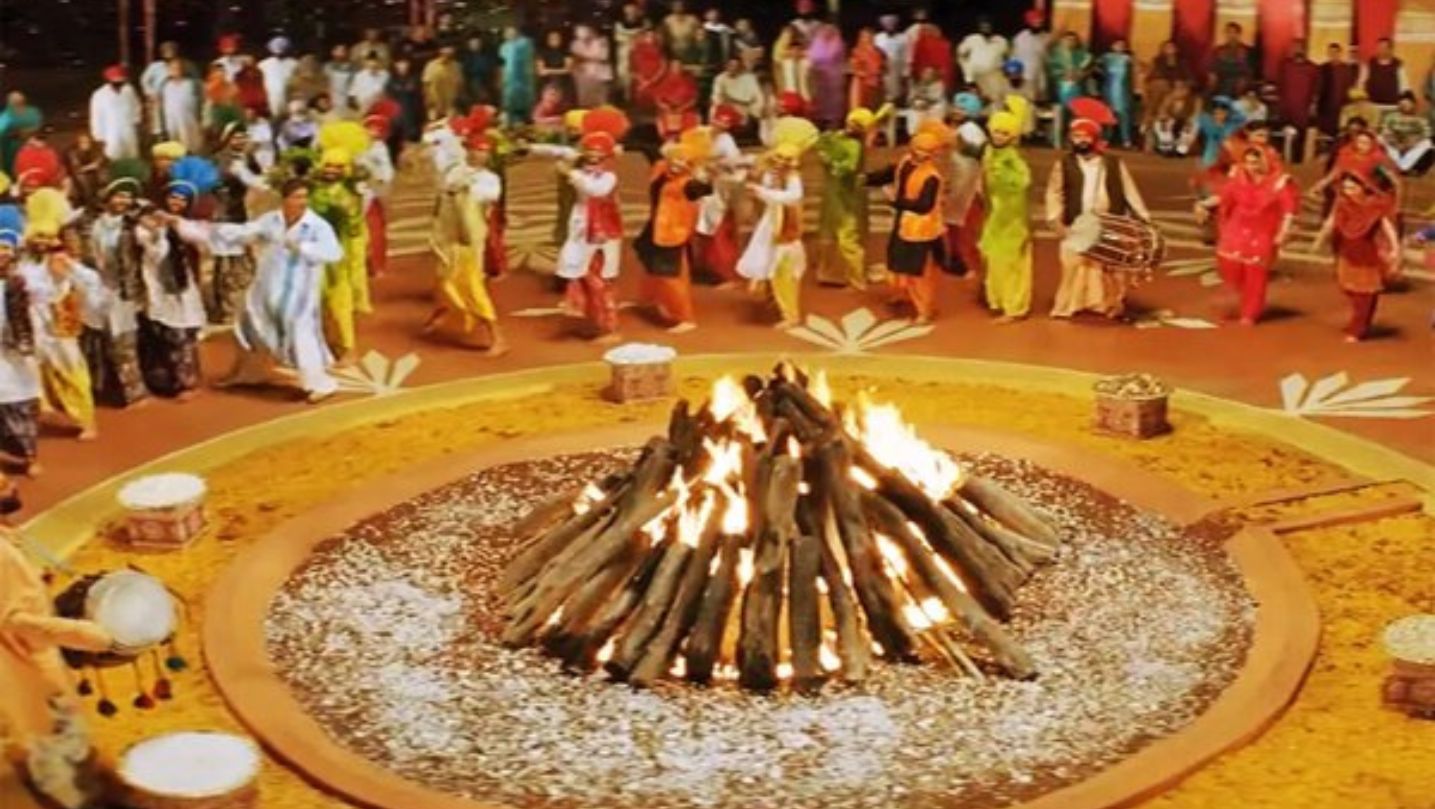
In Punjab, Haryana and Himachal, it is celebrated as Lohri. Lohri marks the end of the winter season and the beginning of summer. Lohri is a festival of dance, food, and colours. It is celebrated on the night before Maghi. People dress colourfully, sing folk songs, light bonfires and dance around it. Children also sing folk songs and are offered sweets made of jaggery and sesame. Farmers start their new year on the day of Maghi (the next day of Lohri). Sweets like rewi are prepared and exchanged. Food such as corn, popcorn, peanuts and til are consumed generally during this festival.
Suggi Habba/Makar Sankramana is the harvest festival of Karnataka. People wear colourful new clothes on this day and meet friends and family. They exchange sweets made of ellu (Sesame seeds). This ritual is called Ellu Birodhu. In Karnataka, people say “ Ellu Billa thindu ole maathadi”, which means eating a mixture of sesame seeds and talking only good. Farmers also bathe their cows and bulls and decorate them with new clothes.
The Harvest festival in Assam and the North Eastern states is called Magh Bihu or Bhogali Bihu. They celebrate for two days. The first day is the Uruka ( which means to end). It signifies the end of the harvest season. On this day, ladies prepare delicacies like pita and Laru. They build a bonfire and dance with family and friends. Many indigenous communities prepare rice beer. The second day is the Magh Bihu. People build bonfires in their agricultural fields. They offer prayers to Gods and their ancestors. People feast on their traditional dishes. After the fire dies out, they spread the ashes over the agricultural fields.
UP and Bihar celebrate their harvest festival as Khichdi Parv. The day begins very early. People bathe at the Sangam ( at Prayag - Allahabad) and make offerings during sunrise. They make laddus from Til and share it with friends and family. Charity is an essential element of the festival. They donate both food and clothes to the poor people.
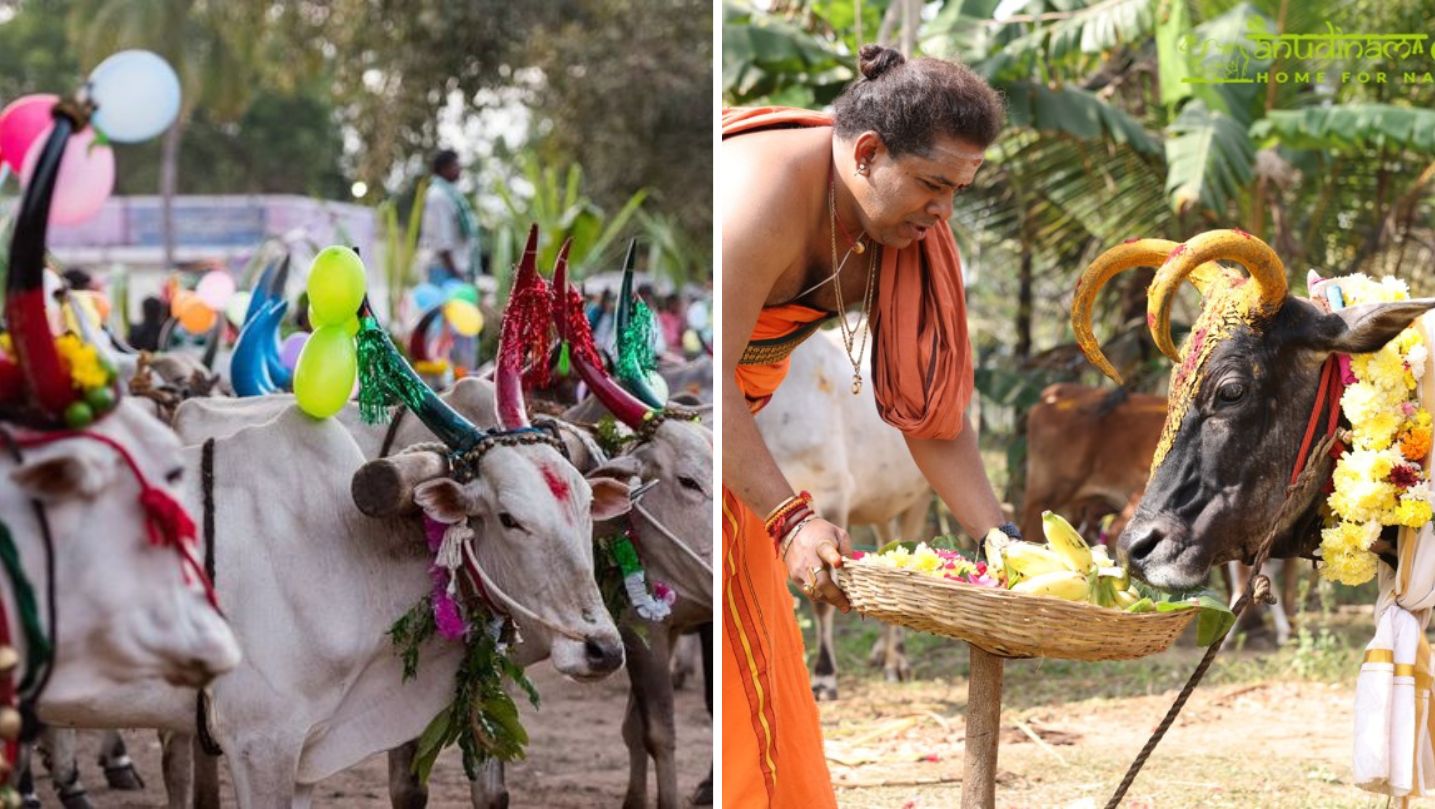
Thai Pongal / Pongal is the harvest festival of Tamil Nadu. Pongal is a four-day event/ celebration here. The first day is called the Bhogi Pongal. People clean their homes and discard the old/unused items. People burn the old objects on this day. The second day is the Surya Pongal. This day is devoted to the Sun God. A special dish called Pongal is made with rice and jaggery and offered to Lord Surya. The third day is the Mattu Pongal. This day is devoted to the cattle. They clean and bathe the cows and the bulls. Decorate the horns and worship them on this day. The last day of the festival is the Kannum Pongal. On this day, people visit families and get together and celebrate. People also celebrate Pongal by the most famous traditional sport called the Jallikattu. Here, young boys try to tame the bull. Folk dancers perform dances like Mayil Attam and Poi kal kudirai in villages.
In the Telugu-speaking states of Andra Pradesh and Telangana, the harvest festival is Sankranti. People decorate their homes with marigold flowers and mango leaves. They draw colourful kolams/ Rangolis and keep cow dung balls called Gobbemma on the rangoli. It is a four-day event. The first day is the Bhogi. People toss away old and unused things on this day. The second day is the Sankranti / Pedda Panduga. The third day is the Kannuma. It is the day dedicated to the cattle. People bathe the cows and bulls. Farmers also paint the horns of their cattle and offer food to their cattle on this day. The fourth day is the Mukkanuma. This day is to meet families and friends.
Thus, India is a land of celebrations. The festival of Pongal is always magical and brings reverence. It connects the community to Mother Nature. Though people all over the country have their version of the harvest festival, the spiritual thread of Visiting temples, offering to Gods and reverence to mother nature is the same across this great nation. That is the greatness and the essence of our cosmic land. People are different, speak different languages, eat contrasting foods, and offer their reverence in different ways, but they are all connected spiritually. That is the beauty of Sanathana Dharma.
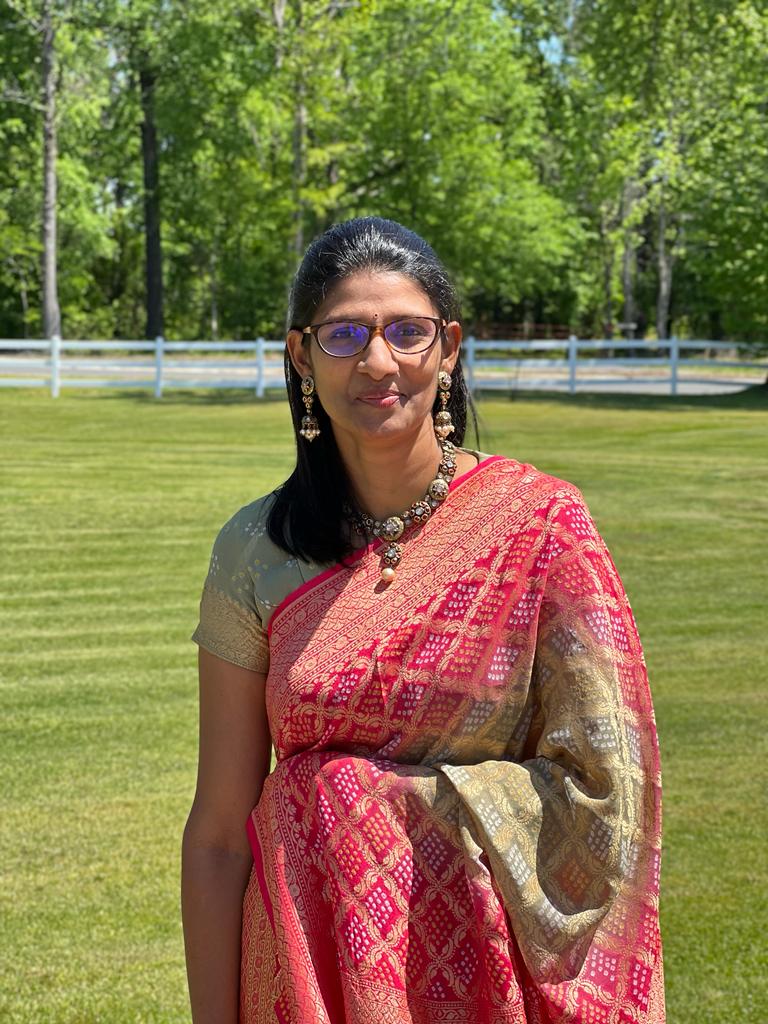 Vaishnavi Gurusankar is a passionate educator, a wife and a mother. She has over a decade of experience as an educator and has been closely working with teachers and children of all ages. She is also an active parenting blogger and founder of Magical Unicorn, an exclusive parenting blog founded on Indian ethos, values and stories at its core. She has also authored the book "Bharatyam : Science behind Hindu Practices & Way of Life"
Vaishnavi Gurusankar is a passionate educator, a wife and a mother. She has over a decade of experience as an educator and has been closely working with teachers and children of all ages. She is also an active parenting blogger and founder of Magical Unicorn, an exclusive parenting blog founded on Indian ethos, values and stories at its core. She has also authored the book "Bharatyam : Science behind Hindu Practices & Way of Life"
NEXT ARTICLE
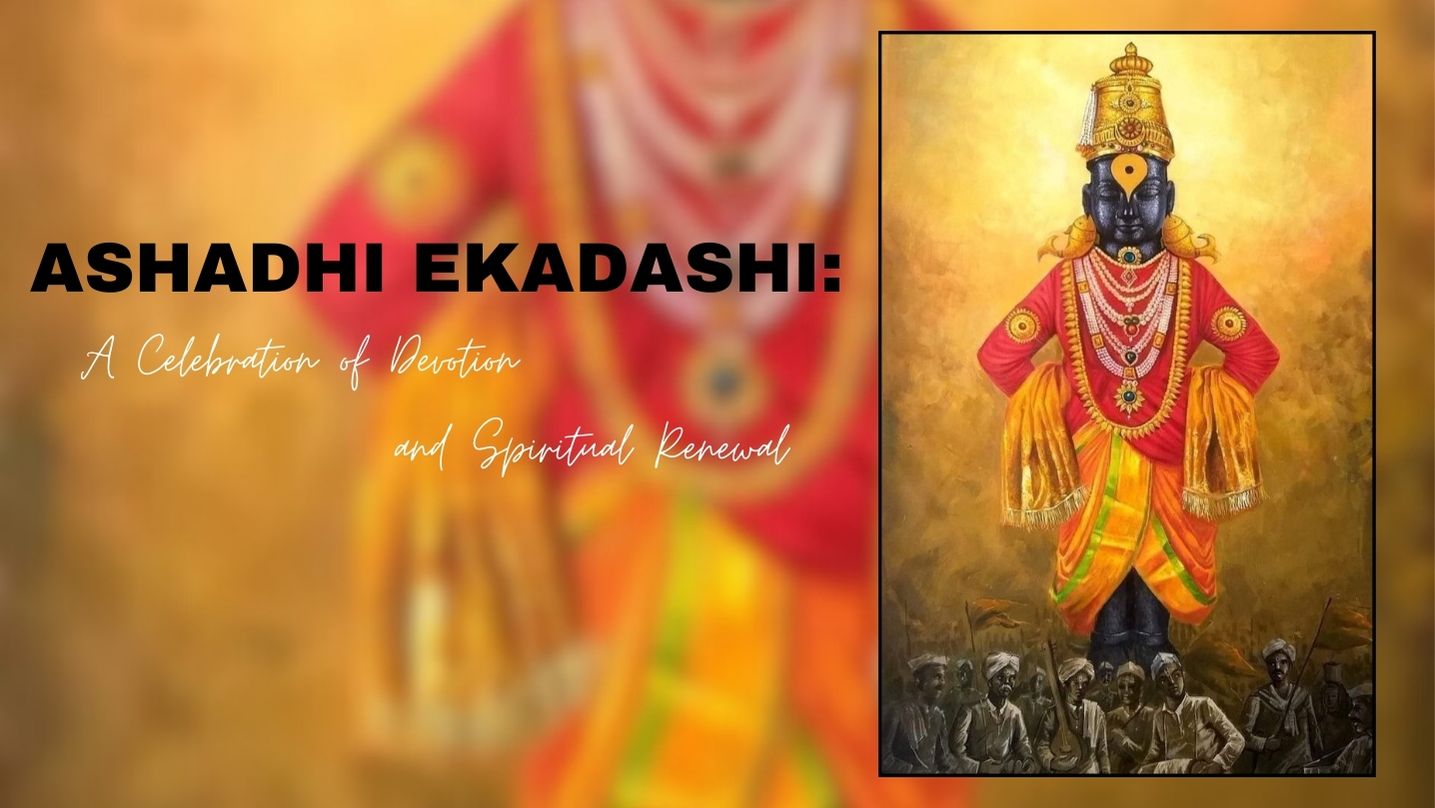
Ashadhi Ekadashi, also known as Shayani Ekadashi, falls on the 11th lunar day (Ekadashi) of the bright fortnight (Shukla Paksha) of the Hindu month of...
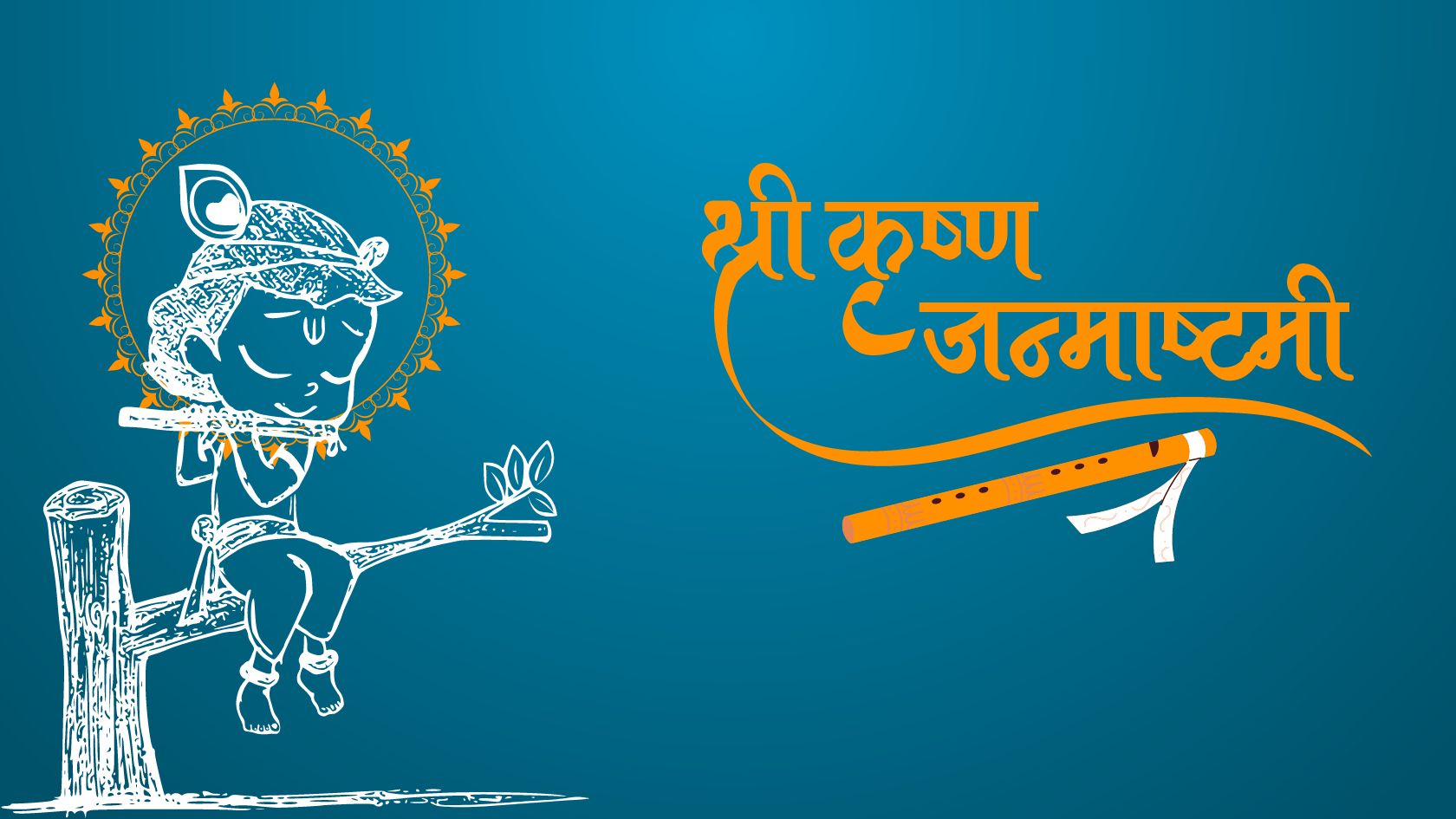
Every year, as the monsoon rains dance on the fields of India, an ancient story unfolds in the hearts of millions. It is the story of Krishna, the bel...
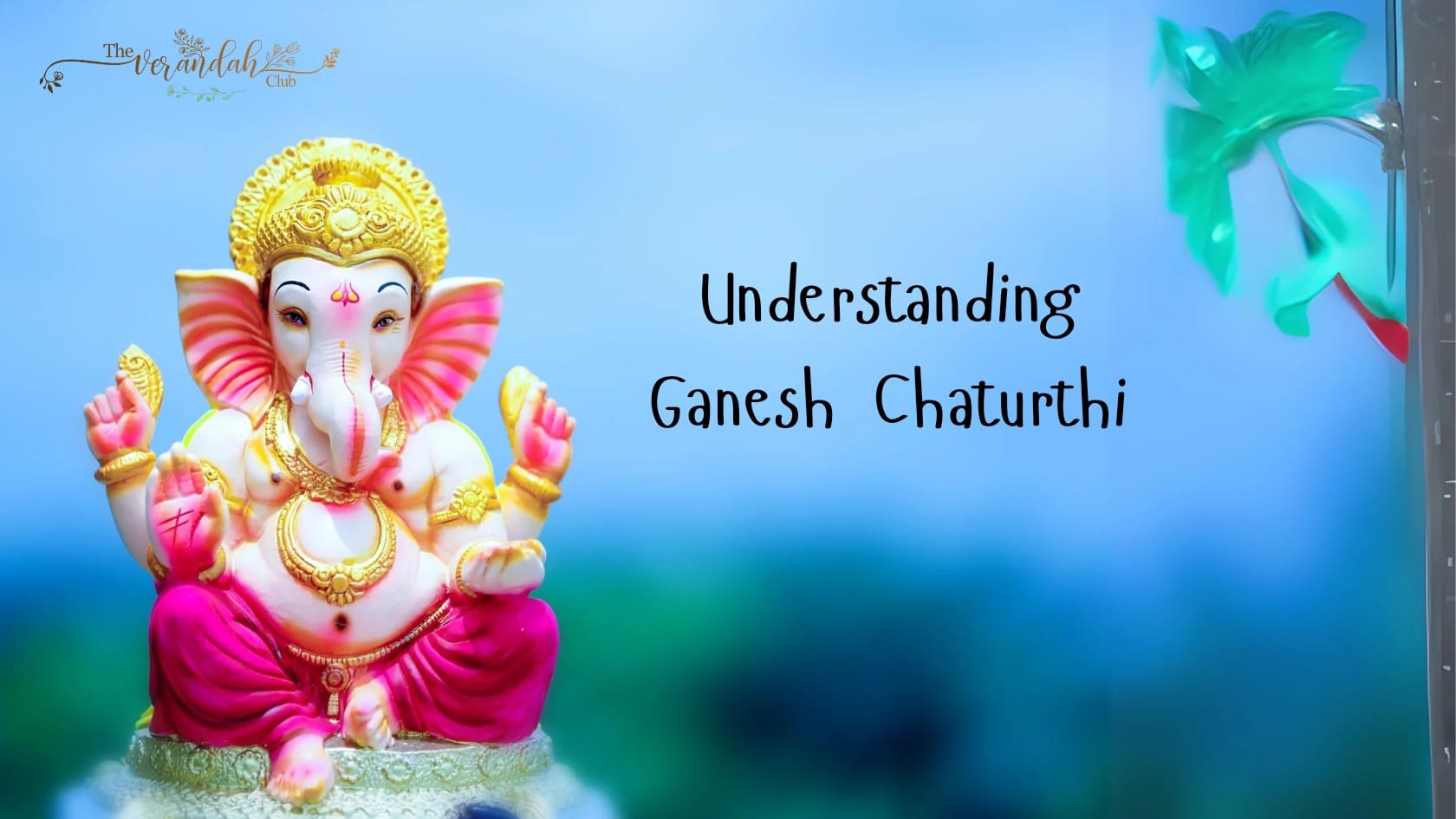
Ganesh Chaturthi, also known as Vinayaka Chaturthi, is a significant Hindu festival that honors Lord Ganesha, the deity revered as the remover of obst...